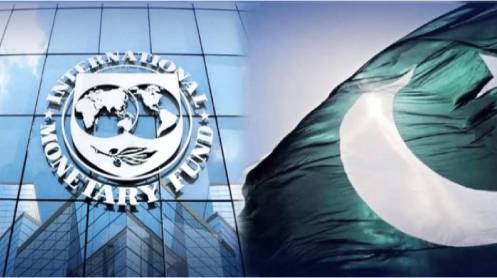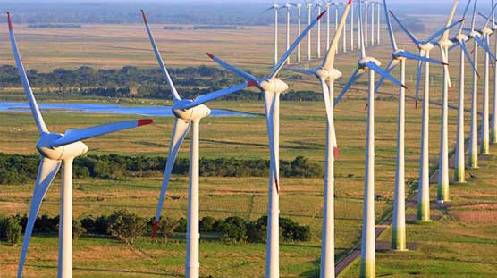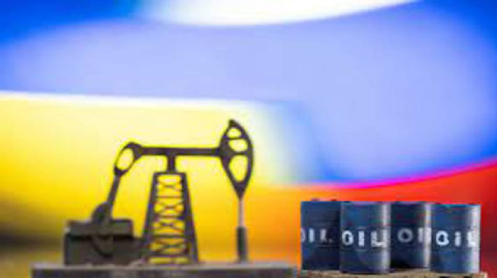ISLAMABAD: The government of Prime Minister Shehbaz Sharif has pledged a wide-ranging overhaul of Pakistan’s energy sector as part of fresh commitments made to the International Monetary Fund (IMF). The reforms aim to address chronic inefficiencies, eliminate circular debt (CD), and reduce fiscal risks through a combination of tariff rationalization, targeted subsidies, and structural changes.
Key measures include regular and automatic electricity and gas tariff adjustments, cessation of new subsidies, and converting the circular debt stock into Central Power Purchasing Agency (CPPA-G) liabilities. The plan, developed with the IMF between February 24 and March 14, 2025, sets ambitious targets for achieving net-zero CD flow by end-FY25 and further progress in FY26.
As of January 2025, circular debt in the power sector reached Rs2.44 trillion (2.1% of GDP), while gas sector CD stood at Rs2.29 trillion (2.2% of GDP). The government aims to clear the bulk of this through subsidies, debt restructuring, waived interest, and CPPA cash flows.
To finance the conversion of CD stock, Rs1.25 trillion will be borrowed from banks, to be repaid over six years via a Debt Service Surcharge (DSS), which will be adjusted annually and uncapped through legislation by June 2025.
While reducing overall power subsidies in the FY26 budget, the government will temporarily offer targeted relief—financed by a Rs10/litre hike in petroleum levy—yielding an electricity tariff cut of Rs1.7/kWh for non-lifeline consumers until June 2026. An additional Rs0.90/kWh reduction is expected from revenues collected under the Captive Power Plant (CPP) transition levy.
These subsidies, capped at 0.8% of GDP, will cover tariff differentials, KE and FATA arrears, agricultural tubewells, and residual CD flows. Authorities reaffirmed commitment to deep cost-side reforms, backed by support from the World Bank, ADB, and other partners, to ensure the long-term viability and affordability of Pakistan’s energy sector.
Story by Mushtaq Ghumman





